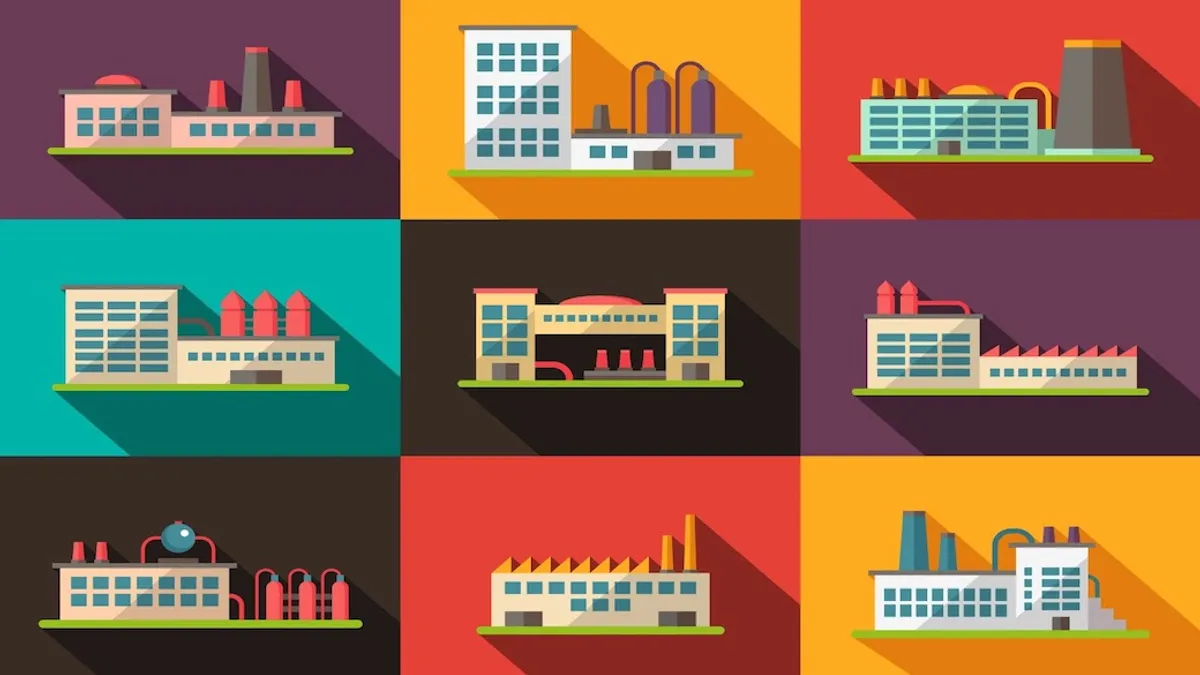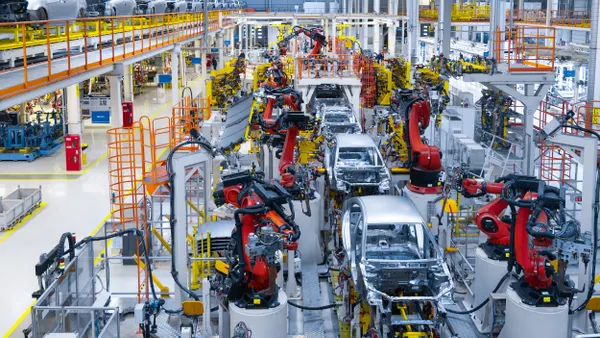In recent years, global economic disruptions have both revealed new weaknesses and amplified existing issues in the global supply chain — causing companies around the world to rethink their approach to manufacturing. Because these supply chain issues will likely continue for the foreseeable future, it’s time to re-examine the existing manufacturing model.
Distributed manufacturing addresses these current weaknesses by introducing greater geographic diversity and agility into the supply chain.
How distributed manufacturing works
Distributed manufacturing is a type of production system that utilizes a decentralization of resources and processes to produce goods. Instead of having all production in a central location, distributed manufacturing networks involve multiple locations and suppliers. In this type of system, all components and supplies are distributed to different locations, and each location is responsible for producing a certain component or components.
This enables more efficient use of resources and cost-effective production of smaller batches of products while allowing companies to be more agile and flexible, as well as take advantage of cost savings. Overall, distributed manufacturing allows an organization to take advantage of the benefits of decentralization and the use of multiple suppliers and locations to produce goods more efficiently.
However, getting the cost savings, improved efficiency and supply chain agility and flexibility associated with distributed manufacturing requires a high level of coordination, investment and active management.
Why use a distributed manufacturing service?
While companies can develop and manage their own network of vendors to source the parts they need, doing so consumes significant internal resources. Distributed manufacturers provide comprehensive production and finishing services through outsourcing, and all you need is a 3D model to get the quoting process started.
When working with the right distributed manufacturer, you get:
-
Access to a network of vetted suppliers with a wide range of capabilities
-
A simple, fast and easy quotation process
-
Instant (or within 24 hours) online quotes and DFM feedback
-
Transparent production tracking and order fulfillment
-
Ongoing support to ensure project specifications are met and production adheres to project timelines
-
Material certifications, inspection reports and photographs of completed orders online
-
Fast and easy reorders when additional parts are needed
Benefits of distributed manufacturing
There are many advantages to partnering with a distributed manufacturer, but there are 3 core benefits over traditional methods:
1. Increased speed
With a digital platform that delivers instant quotes and production transparency and consolidates and facilitates communication in one place, collaborative workflows become possible. Those workflows accelerate prototyping and streamline the product development process to get you to market faster.
Plus, network operators intelligently allocate work within the network to provide the shortest possible lead times and enable some production steps to be executed in parallel to save time. Finally, on-demand production capabilities allow you to respond to the market quickly and you eliminate the massive internal changeovers for short production runs required by traditional manufacturing.
2. Reduced risk
Distributed manufacturing services vet and manage their expert manufacturing partners to ensure that your products are made to spec and delivered on time, which reduces the risk of nonconforming parts. And because the model is built upon a network of preferred manufacturing partners, the risk of localized disruptions is all but eliminated because production can be quickly shifted to avoid them and maintain your timelines.
Not only that, having access to a network of suppliers makes it easy to scale production up or down to match demand. So you’re less likely to be stuck carrying excess inventory and can capitalize on market opportunities when they arise.
3. Reduced cost
With early DFM feedback, efficient communication and streamlined workflows, you can spot and address problems early on, which prevents scrap and costly design changes down the road. And by tapping into a globally distributed network, you have multiple pricing options for every design. Lastly, you can avoid the huge upfront costs associated with building new production lines yourself and hiring and training employees to run them.
Want to learn more about distributed manufacturing? Read the full article here.










